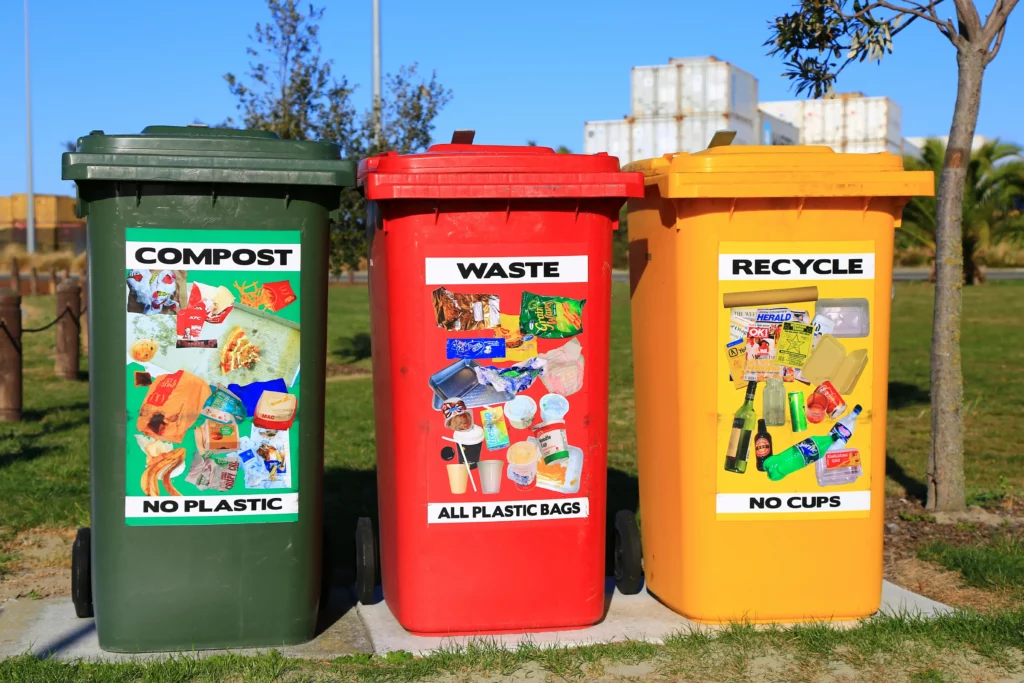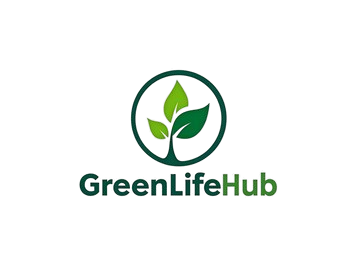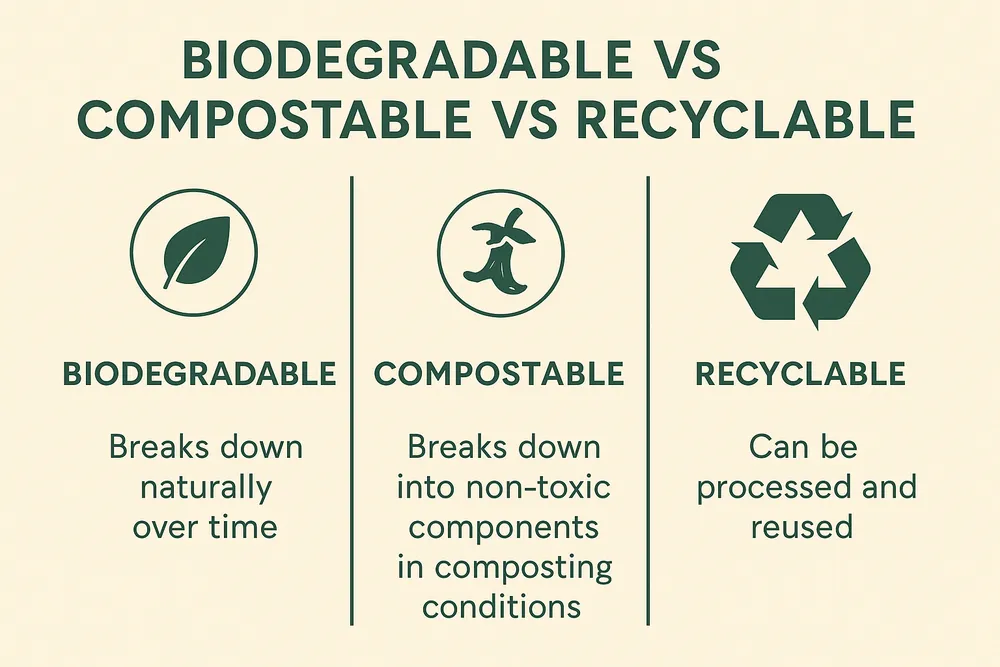Biodegradable vs Compostable vs Recyclable: The difference!
Confused about what’s really eco-friendly? You’re not alone! Every week, new products hit the shelves claiming to be biodegradable, compostable, or recyclable. But do you know what these terms mean—or how they impact the planet and your daily life?
At GreenLifeHub.com, we cut through the greenwashing to give you honest, practical advice. This mega guide explains everything you need to know to make informed, sustainable choices (and avoid being duped by misleading marketing!).
Table of Contents
What Do These Terms Actually Mean?
| Term | Definition | How It Breaks Down | Certification? |
|---|---|---|---|
| Biodegradable | Breaks down naturally via microbes into elements found in nature | Any environment, but may take months to centuries (no time limit) | No official certification |
| Compostable | Breaks down into safe, non-toxic compost under specific (usually industrial) conditions | Compost facility (90–180 days) or home compost (may be longer) | Yes – ASTM D6400, EN 13432, BPI, TUV OK Compost |
| Recyclable | Processed and reused as raw material for new products | Collected, sorted, cleaned, and remanufactured | Local infrastructure; look for recycling codes |
Why the Difference Matters

Not all “eco” products are created equal. A biodegradable plastic cup could still pollute oceans for years. Compostable packaging won’t break down if tossed in landfill. Even “recyclable” plastics may not actually get recycled. Knowing the difference changes everything: it means less landfill waste, less pollution, and real sustainability—not just a “green” sticker on the box.
In-Depth: Compostable Products
Compostable products are engineered to become soil-enriching compost, usually within 180 days—but only under the right conditions. These items, like food waste bags, utensils, and packaging, need heat, moisture, and lots of microbes to break down quickly. Most “compostable” products are tested and certified by organizations like BPI or TUV Austria.
Home vs. Industrial Composting: Most certified compostable packaging needs a commercial composting facility (high temp/humidity). Only “home compostable” products break down reliably in your backyard compost bin—always check the label!
- Look for certifications like BPI, TUV OK Compost, or EN 13432.
- Use a countertop compost bin for food waste and compostable bags.
- Industrial composting is more effective—check if your council collects compostables.
In-Depth: Biodegradable Products
“Biodegradable” means an item eventually breaks down into natural substances. But this process can take decades or centuries for some products, and most will only degrade completely in certain environments.
Landfills, for example, lack oxygen—so even biodegradable plastics might persist for years, releasing methane (a greenhouse gas) instead of safely breaking down. And there’s no mandatory testing or time limit to use the “biodegradable” label. Beware: it’s the most misused “eco” word on packaging!
- Many “biodegradable” plastics simply fragment into microplastics unless properly composted.
- Look for independent studies, not just the marketing claim.
In-Depth: Recyclable Products
Recycling means collecting, cleaning, and re-processing waste into raw materials. This works best for metals, glass, paper, and some plastics—if sorted and cleaned correctly. But recycling has limits: many plastics are “technically” recyclable but rarely are in reality.
Contamination (e.g., greasy pizza boxes), lack of recycling infrastructure, or confusion about resin codes leads to recyclable products going to landfill. The UK recycles only about 45% of household waste (source), and globally, less than 10% of plastic ever gets recycled (NatGeo).
- Always rinse and dry recyclables—food residue = landfill!
- Check local council rules for accepted materials
- Plastic codes 1 (PET) and 2 (HDPE) are most widely recycled
Table: How Long Do These Materials Take to Break Down?
| Material | Decomposition Time (best case) | Where It Happens |
|---|---|---|
| Compostable packaging | 90–180 days | Industrial composting |
| Biodegradable “plastic” bag | Several years (landfill), <1 year (compost) | Landfill/compost (results vary) |
| PET water bottle | 450+ years | Landfill/ocean |
| Aluminum can | 80–200 years (if not recycled) | Landfill |
| Paper/cardboard | 2–6 months | Compost/landfill |
| Glass bottle | Undetermined (millennia), but infinitely recyclable | Landfill/recycling |
Environmental Impact: Stats That Matter
- Microplastics from “biodegradable” plastics pollute rivers and oceans—one 2022 study found microplastics in 100% of river samples across the UK.
- Composting reduces methane emissions compared to landfill. Food waste in landfill generates methane, a gas 25x more potent than CO₂.
- Recycling aluminum saves 95% of the energy needed to make new cans from raw ore (Alupro).
- Not all “green” claims are equal: Only packaging with third-party certification (BPI, OK Compost) is truly compostable and safe.
Real-World Example: How to Dispose of Everyday Items
- Compostable coffee cup: Place in food/compost bin only if council accepts it (check label). If not, landfill.
- “Biodegradable” dog poop bag: Most won’t compost at home; landfill is safest, or use council dog-waste bins.
- Plastic salad container (recyclable): Rinse and put in mixed plastics; check resin code and local council website.
- Paper grocery bag: Compost if soiled; recycle if clean/dry.
Case Study: Compostable vs Biodegradable Bags
Our detailed post on the Life Cycle of Compostable Bags highlights why certified compostables (with EN 13432 or BPI logo) break down safely in a commercial compost facility, enriching soil and reducing landfill burden. Many “biodegradable” bags, by contrast, just break down into microplastics if not composted correctly—they’re not always the green choice!
Business Spotlight: Brands Making a Difference
- Ecovative: Creates mycelium-based packaging that is both home and industrial compostable.
- Loop: Runs a circular system where durable packaging is collected, cleaned, and reused.
- Vegeplast: Innovates plant-based biodegradable plastics, reducing oil reliance.
- See more ethical brands on our ethical products guide.
Policy & Regulations: EU vs US vs UK
EU: The Single-Use Plastics Directive bans many disposable plastics and demands clear compostable labeling. EN 13432 is the gold standard for compostable certification.
UK: Recycling rules vary by council; the UK aims to eliminate avoidable plastic waste by 2042 (UK Gov).
US: Federal rules are lacking, but states like California require compostable products to meet ASTM D6400 and display certification marks. Always check your local council’s collection rules!
Choosing the Right Packaging: Simple Flowchart
- Is the packaging dirty/food-soiled? → Compost it (if certified & accepted)
- Is it marked “recyclable” (check code)? → Recycle it (if accepted locally)
- Is it just labeled “biodegradable” (with no certification)? → Landfill (to avoid microplastics in compost/recycling streams)
- Still unsure? → Check local council website
FAQs: Biodegradable, Compostable, and Recyclable
Q1: Is compostable always better than biodegradable?
A: Not always—it depends on whether you can access the right composting facility. Compostable is generally better for food-soiled items, but in landfill, both may just break down slowly.
Q2: Are “biodegradable” bags suitable for dog poo?
A: Most aren’t safe for home compost; local dog-waste bins or landfill are often safest.
Q3: What’s the best way to check if packaging is truly compostable?
A: Look for BPI, OK Compost, or EN 13432 certifications on the packaging—not just “compostable” in big letters!
Q4: What do I do if I’m not sure?
A: Use RecycleNow (UK) or local council tools to check.
Expert Tips for Greener Living
- Reduce first: Say no to unnecessary packaging—bring your own bag, mug, and food containers.
- Choose certified compostable for food-contaminated items, recyclable for clean packaging.
- Educate friends/family—share this guide to bust common myths!
- Support brands that use transparent certifications and minimal packaging.
- Request composting/recycling bins at your workplace or community events.
- Bookmark our compost bin guide to get started at home.
Conclusion: Small Steps, Big Impact
Understanding “biodegradable vs compostable vs recyclable” is more than splitting hairs—it’s the difference between real change and wishful thinking. The choices you make every day shape your environmental footprint and, collectively, help drive policy and business in a greener direction. Keep questioning labels, check for third-party certifications, and always do your best to reduce, reuse, recycle—and compost!
Want more practical eco-living tips? Explore our related guides: Compostable Bags | Sustainable Lunch Boxes | Fair Trade Shopping.
Kaleem,
www.greenlifehub.com.

